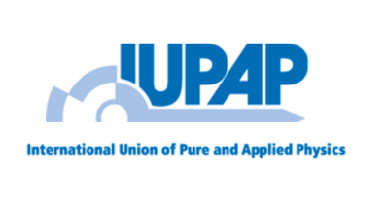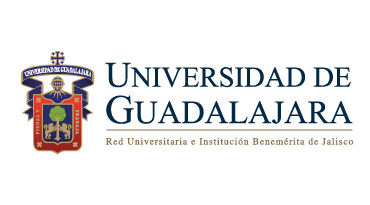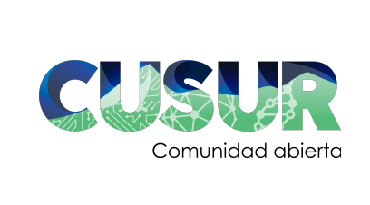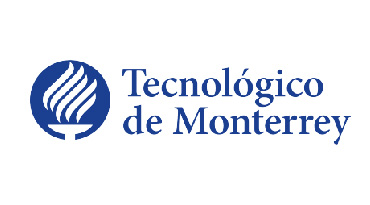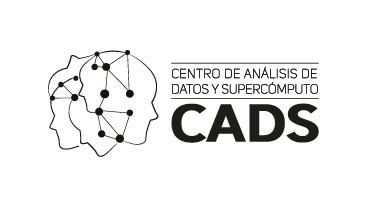The International Symposium on Very High Energy Cosmic Ray Interactions (ISVHECRI)
ISVHECRI is a biennial symposium series sponsored by the International Union of Pure and Applied Physics (IUPAP), and organized via the commission on Astroparticle physics (C4). The main objective of this symposium series is to provide a suitable forum to discuss very high energy interactions for the interpretation of cosmic ray data based on the information available from both accelerator and cosmic ray experiments. This is the first time ISVHECRI is held in Mexico, looking to benefit Latin-America and Caribbean countries.
The International Symposium on Very High Energy Cosmic Ray Interactions (ISVHECRI)
ISVHECRI is a biennial symposium series sponsored by the International Union of Pure and Applied Physics (IUPAP), and organized via the commission on Astroparticle physics (C4). The main objective of this symposium series is to provide a suitable forum to discuss very high energy interactions for the interpretation of cosmic ray data based on the information available from both accelerator and cosmic ray experiments. This is the first time ISVHECRI is held in Mexico, looking to benefit Latin-America and Caribbean countries.
General Symposium topics:
- High energy astroparticle physics results relevant to particle physics
- Gamma Ray Astrophysics and Astroparticles
- Accelerator experiments relevant to cosmic ray physics
- Multi-messenger cosmic ray observations & interpretations
- Space experiment results relevant to high energy interactions
- Exotic phenomena & searches for new physics beyond SM
- LHC pp & heavy ion physics
- Cross-sections and interaction models
- High energy neutrinos and muons, including muon puzzle
- Simulation tools for cosmic ray & neutrino physics
- Future accelerators & cosmic ray experiments
Presentations (invited and contributed) on:
- Andes Large area Particle detector for Cosmic ray physics and Astronomy. The NA61/Shine Accelerator
- Experiment (ALPACA)
- Belle-II Experiment
- CORSIKA 8
- DPMJET–MCeQ–Chromo generator
- Gamma Ray Astronomy PeV EnergieS phase-3 (GRAPES-3)
- High Altitude Water Cherenkov Observatory (HAWC)
- Hyper-Kamiokande Observatory
- Icecube Neutrino Observatory (Icecube–Gen2–Icetop)
- Soft QCD Theory
- The Calorimetric Electron Telescope (CALET)
- The Cosmic Ray Extremely Distributed Observatory (CREDO)
- The Dark Matter Particle Explorer (DAMPE)
- The EPOS Monte-Carlo event generator
- The hadronic interaction model SIBYLL
- The Large High Altitude Air Shower Observatory (LHAASO)
- The Large Hadron Collider (LHC): Alice-CMS-ATLAS-LHCb-LHCf
- The Large Hadron Collider (LHC): Forward Physics Facility (FPF)
- The Light Hadron Production Working Group
- The Monte Carlo generator QGSJET
- The Pierre Auger Observatory
- The Probe of Extreme Multi-Messenger Astrophysics (POEMMA) balloon
- The Southern Wide-field Gamma-ray Observatory (SWGO)
- The Telescope Array Project (TA)
- The Tibet-AS Gamma-ray observatory
- The Working group in Hadronic Interactions and Shower Physics (WHISP)
Puerto Vallarta, Jalisco.
Puerto Vallarta (Spanish pronunciation or simply Vallarta) is a Mexican beach resort city on the Pacific Ocean’s Bahía de Banderas in the Mexican state of Jalisco. Puerto Vallarta is the second largest urban agglomeration in the state after the Guadalajara Metropolitan Area.
About our committees
- Sunil K. Gupta, India (Chair)
- Vitalii Choutko, France
- Carola Dobrikeit, Brazil (Member, C4)
- Fiorenza Donato, Italy (Member, C4)
- Veronique Van Elewyck, France (Member, C4)
- Ralph Engel, Germany (Vice-Chair, C4)
- Jose Valdes Galicia, Mexico
- Hongbo Hu, China
- Yoshitaka Itow, Japan
- Takaaki Kajita, Japan (Chair, C4)
- Karl-Heinz Kampert, (Chair, SPC)
- Saburo Kawakami, Japan
- Janusz Kempa, Poland
- Paolo Lipari, Italy
- Bryan Pattison, Switzerland (Editor-Publication)
- Karl-Heinz Kampert, Germany (Chair)
- Rasha Abbasi, USA
- Tariq Aziz, India
- Lorenzo Cazon, Spain
- Hans Dembinski, Germany
- Eduardo de la Fuente Acosta, Mexico (Convener, LOC)
- Hari Haran Balakrishnan, India (Editor-Publication)
- Pankaj Jain, India
- Andrei Kounine, France
- Swapna Mahapatra, India
- Philipp Mertsch, Germany
- Shoichi Ogio, Japan
- Tanguy Pierog, Germany
- Subir Sarkar, UK
- Mary Hall Reno, USA
- Qiang Yuan, China
- Alessia Rita Tricomi, Italy
- Eduardo de la Fuente Acosta, CUCEI, Universidad de Guadalajara (Convener)
- Karen S. Caballero Mora, Universidad Autónoma de Chiapas (Co-Convener)
- Juan Carlos Arteaga Velazquez, Universidad Michoacana de San Nicolás de Hidalgo
- Alberto Carramiñana Alonso, Instituto Nacional de Astrofísica, Óptica, y Electrónica
- Jose de Jesus Chavez, Instituto Tecnológico de Estudios Superiores de Monterrey, Campus Guadalajara
- Arturo Fernandez Fernandez, Benemerita Universidad Autonoma de Puebla
- Angie Fernández Olimón. Universidad de Guadalajara. CADS
- Jorge L. Flores Nuñez, CUCEI, Universidad de Guadalajara
- Rodrigo Gamboa Goñi, Instituto Tecnológico de Estudios Superiores de Monterrey, Campus Guadalajara
- Guillermo Garcia Torales, CUCEI, Universidad de Guadalajara
- Magdalena Gonzalez, Instituto de Astronomía, UNAM (HAWC Spokesperson)
- Neri Alejandro González Soto. Universidad de Guadalajara. CUSur
- Ana Rosa Jiménez Meza, CUCEA, Universidad de Guadalajara
- Jorge Lozoya Arandia, CUSur, Universidad de Guadalajara
- Jesús Alberto Martínez Castro, Centro de Investigación en Computación, IPN
- Alejandro K. Tomatani Sánchez, Instituto Tecnológico de Estudios Superiores de Monterrey, Campus Guadalajara
- Ibrahim Torres Aguilar, Instituto Nacional de Astrofísica, Óptica, y Electrónica (SWGO Mexican Representative)
- Sandra Olmedo, Pulso-Eventos, Guadalajara
- Lizette Robles Dueñas, CADS, Universidad de Guadalajara
- Hari Haran Balakrishnan, Tata Institute of Fundamental Research, India




